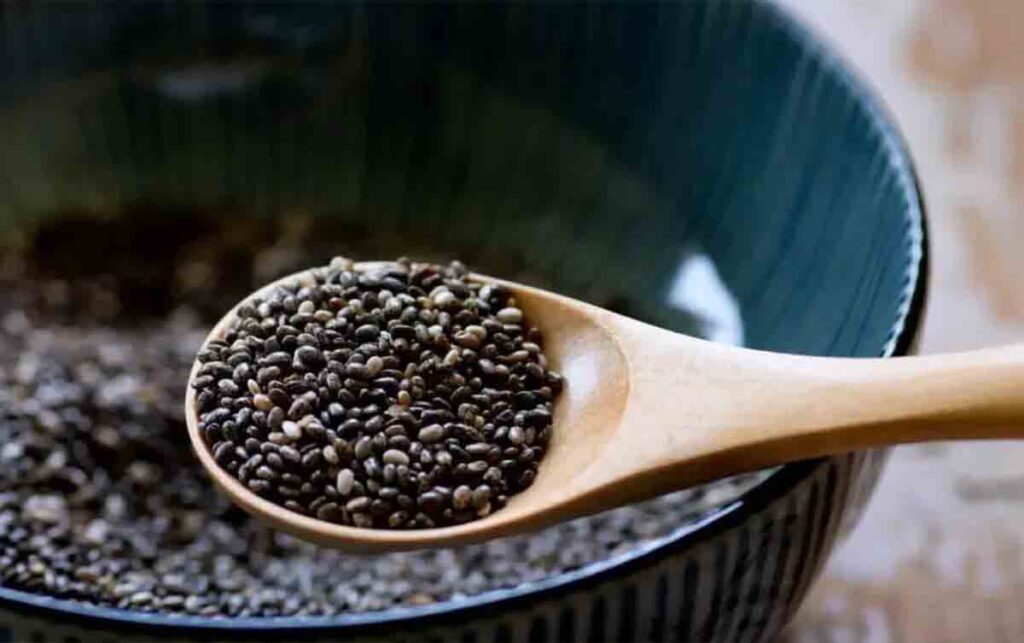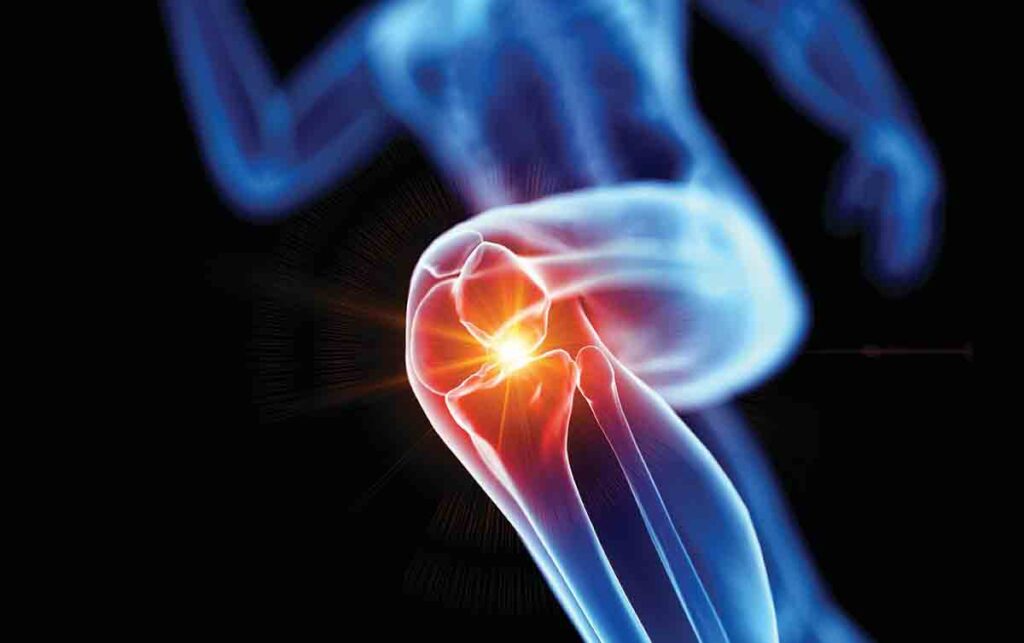Chia seeds have been cultivated as food since ancient times. They are known for their high protein content (12-16%), high fiber content (10% dry weight), and rich omega-3 fatty acid concentration (up to 10%). There are two types of chia seed widely consumed today, depending on how they are processed: whole chia seed and ground chia seed flour. Whole chia seeds are eaten raw, while chia seed flour is used to make a variety of baked goods and smoothies. Due to their high nutritional value, chia seeds are often added to body products and foods to enhance nutrition.
What are the health benefits of papaya?
Chia Seeds Health Benefits
Because of their high fiber, protein, and omega-3 fatty acid concentrations, chia seed offer many potential health benefits. Each of these benefits is detailed below:
Easy Remedies for Glowing Skin
High Fiber Content
All grains contain some amount of dietary fiber, but chia seeds are unique in that they contain a much higher quantity than any other grain. In fact, chia seeds’ high level of soluble fiber makes them one of the best sources of dietary fiber in our diet. Soluble fiber binds water and forms gels, which slows down digestion and reduces blood cholesterol levels. High levels of dietary fiber may reduce the risk of certain cancers, heart disease, diabetes, obesity, constipation, and arthritis.
Top Foods That Can Boost Your Hemoglobin Naturally
High Protein Content
In addition to being a great source of soluble fiber, chia seeds are also an excellent source of protein. A 100-gram serving of chia seeds contains approximately 15 grams of protein. The high protein content of chia seeds makes them a good choice for vegetarian diets, athletes, pregnant women, nursing mothers, people who suffer from digestive issues, vegetarians, vegans, and anyone looking to increase muscle mass and lose fat.
High Omega-3 Fatty Acid Concentration
The majority of Americans do not consume enough fish per year due to its cost and the lack of time in their daily lives. Fish is a major source of omega-3 fatty acids; however, these fats tend to be harder for the body to digest. When chia seeds are ground into flour, they release the oil present in each seed. Ground chia seed flour is easier for the body to digest and convert into usable protein. Once ingested, omega-3 fatty acids are stored in the liver, where they help promote healthy joints and cardiovascular systems. Increasing the intake of omega-3 fatty acid-rich foods, like fish, helps decrease the risk of many chronic diseases, such as cancer, arthritis, depression, heart disease, hypertension, Type 2 diabetes, and osteoporosis.
Promotes Healthy Joints & Cardiovascular System
Omega-3 fatty acids are essential for maintaining joint function and promoting good circulation throughout the body. They also contribute significantly to brain function, visual acuity, and normal eye development. Eating chia seeds regularly lowers your risk of developing heart disease, stroke, and arthritis. Since chia seeds can easily be digested and converted into usable protein, they are a great option for vegetarians and those following a low-protein diet.
Contributes to Muscle Growth & Weight Loss
When combined with exercise, chia seed provide an effective method for increasing lean muscle mass and losing unwanted weight. These benefits can be achieved by eating chia seed before working out and consuming them after a workout session. Eating chia seed right before a workout increases stamina and endurance. After a workout, chia seed help build stronger muscles and aid in recovery. By combining chia seeds with a balanced diet, you can achieve a better physique.
Skin Care Routine for Oily Skin
Antioxidants
Antioxidants help fight free radicals in our body. Free radicals cause damage to cells, DNA, and organs. Antioxidants are substances that prevent free radical production. Chia seeds are rich in antioxidants like Vitamin E, Beta Carotene, Caffeine, Omega-3 & 6 Fatty Acids, Lignans, Fiber, Protein, Tocopherol, and Essential Minerals.
Inflammation
Chia seeds have anti-inflammatory properties. In fact, when researchers at Arizona State University studied the effect of chia seed on inflammation, they found that chia seed effectively reduced the levels of inflammatory markers in mice.
Guide to Using Rosemary Water for Hair
Digestion
When you start eating foods that are rich in fiber, it helps stimulate peristalsis and aids in digestion. A diet rich in fiber reduces bloating, gas, constipation, and even diarrhea. Food fibers consist of complex carbohydrates and starches. Your body digests these slow-acting types of carbs and starches over time.
Heart Disease
The polyunsaturated fats contained in chia seeds have been shown to decrease bad cholesterol while increasing good cholesterol. Chia seeds are also packed with antioxidants that reduce oxidative stress on the heart. Oxidative stress is linked to cardiovascular disease.
How Much and How Often To Breastfeed?
Diabetes
Diabetes comes in two forms: Type 1 and Type 2. Type 1 diabetics produce little insulin and often do not feel hungry. Type 2 diabetics produce insufficient insulin and tend to become overweight. Chia seed can improve glucose tolerance and help control both types of diabetes. In addition to being low glycemic, chia seeds also have antioxidant effects.
Recipes and Cooking
Chia seeds are full of omega-3 fatty acids, polyunsaturated fatty acids (PUFAs), and some vitamins and minerals. Here are some ways to incorporate chia seeds into your diet and start enjoying their amazing nutritional value today!
What are the health benefits of papaya?
Ingredients:
- 1 cup water
- 1 tablespoon chia seed
Preparation:
Mix the ingredients together well; let stand for 5 minutes. You can serve the mixture immediately or store it overnight in the refrigerator.
How to make tasty Pot Phirni at Home
Recipe 1: Chia Seed Breakfast
Add about 2 tablespoons of chia seeds into a bowl. Add 4 teaspoons of almond milk or any other non-dairy milk, and mix them well. Top the mixture with ½ teaspoon of honey and add a few pieces of fruit.
What Happens To Your Body When You Eat Potatoes
Recipe 2: Chia Seed Pudding
Mix two cups of unsweetened Greek yogurt, 1/3 cup of vanilla soy milk, and some cocoa powder. Mix the ingredients together well, then add 3 tablespoons of chia seeds. Let the mixture chill in the fridge for about 1 hour.
Licorice powder: Benefits, Uses, Precaution and Dosage
Recipe 3: Chia Seed Cookies
Melt ¼ cup of butter in a pan over low heat and stir until completely melted. Add ½ cup of brown sugar and mix until combined. Stir in one cup of flour along with baking soda, salt, and cinnamon until the dough comes together. Divide the dough into thirds, roll each third into balls, and place them on cookie sheets lined with parchment paper. Bake at 350°F for 12-15 minutes or until golden brown. Remove cookies from the oven and allow them to cool thoroughly before removing them from the pans. Cool the cookies completely before icing with cream cheese frosting.






